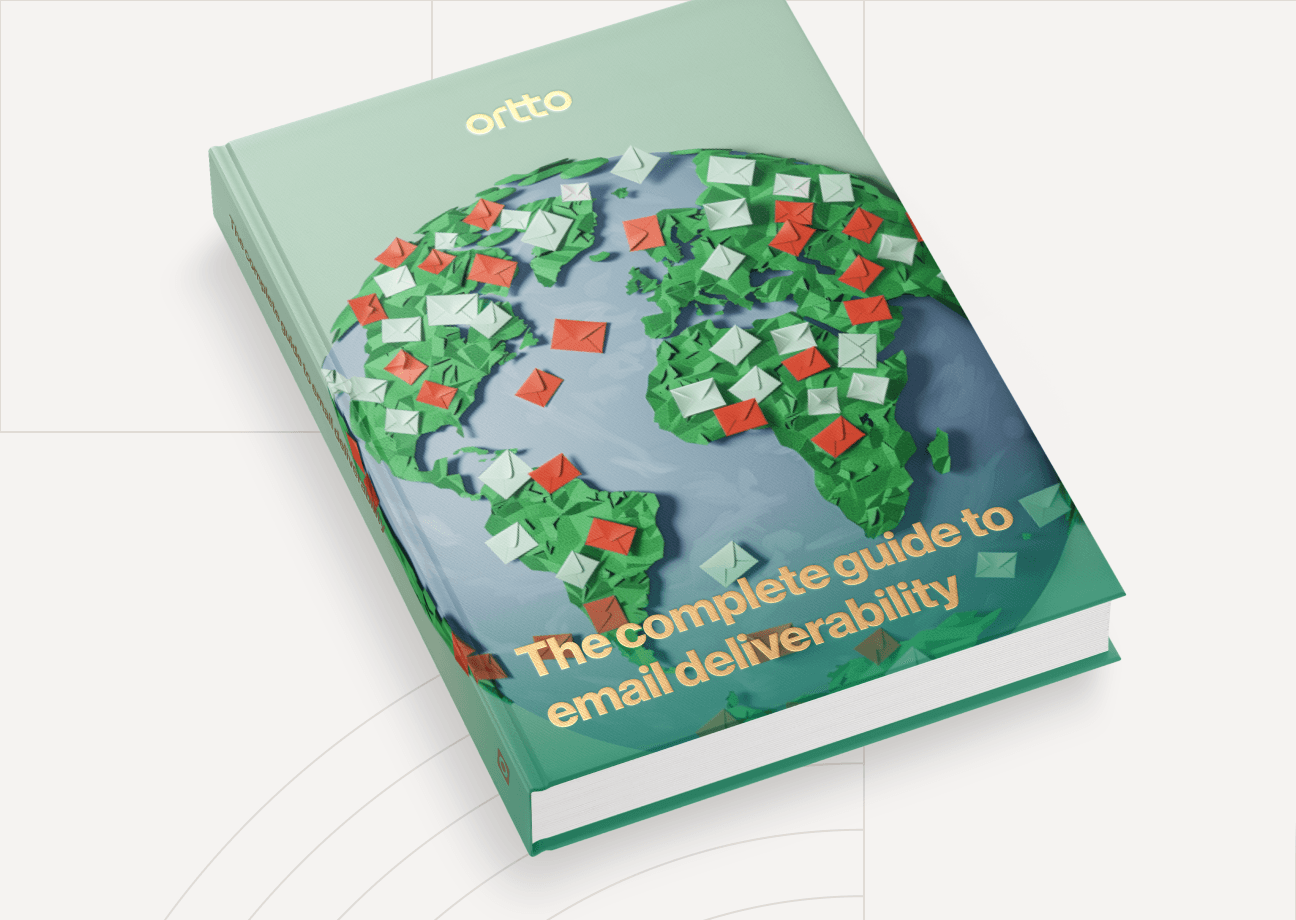Listen to this article:
Email = marketing with consequences
For four years now, I’ve had to wrestle with email marketers, with audiences from 1k to 1 million+, on implementing one idea that they hate but helps them improve their email marketing every. single. time.
That idea is sunsetting unengaged subscribers.
No one ever wants to believe me that blasting your email list has consequences for all your recipients - unengaged or not - and that continuing to send to unengaged subscribers is can end up being a straight line to the spam folder.
I get it. It’s counterintuitive for everyone working in the marketing industry to give up on supposedly “good” leads.
But email, unlike so many other marketing channels, has consequences that affect other leads’ experiences if you’re not maintaining your lists properly. New design strategies and content approaches are useless in these cases because any changes you make are going unseen in the spam folder.
So let’s talk seriously about the one thing - beyond simplifying your design or testing your subject lines - that will actually boost your email marketing experience.
3 major benefits of sunsetting subscribers
There are some ridiculously valuable benefits to cleaning up your email lists and getting rid of unengaged subscribers. It might sound harsh, but it’s true.
Sunsetting unengaged subscribers strengthens your sending reputation and increases the likelihood of reaching the inbox on a regular basis.
Mailbox providers are looking at their users' activities with an email sender's traffic to evaluate the quality of that sender’s practices and assign them a sender reputation.
From there, it’s simple math. If inbox placement is ruled by the proportion of positive signals (i.e. opens, etc.) over negative signals (i.e. non-opens, etc.), then keeping your lists clean and full of strongly engaged subscribers is the solution.
Sunsetting unengaging subscribers protects against active subscribers - in other words, the people who actually want your emails - missing out on your email due to inactive subscribers’ lethargy.
Beyond the obviously problematic signal of a spam complaint, what many marketers don’t know is that a large proportion of inactive subscribers not opening emails shows low desirability and can lead to both the inactive AND active subscribers beginning to see the sender’s content in the spam folder—all due to a perceived low sender reputation.
It’s just a reversal of the previous formula. A higher proportion of negative signals will create a negative reputation and can cause spam-filtering bleed over to your known active subscribers.
Sunsetting unengaged subscribers helps you identify fading interest earlier and win back engagement faster.
Understanding the timeline of fading engagement can help you easily identify key points and tactics for attempting to re-engage and win back these subscribers before they reach the sunset point.
Not all of your unengaged subscribers will be salvageable, but the few that are will result in engagement and conversions that you otherwise would have missed out on.
How to sunset subscribers and win more business
Sunsetting subscribers is not as simple as just deleting addresses from your list (though it does often start there).
Identify your unengaged subscribers, and those you could still win back
Identify the unwinnable and unsubscribe them
Subscribers whose last open occurred over 12 months ago are unwinnable at this stage.
Do you really think you can win them back after they’ve already ignored anywhere between 12-50 emails from you? No, let them go.
Segment out your audience by age of last engagement
3-6 months - winnable: Subscribers whose last open occurred 3-6 months ago are your most re-winnable audience time frame.
6-9 months - winnable: Subscribers whose last open occurred 6-9 months ago aren’t totally lost, but are half as likely to re-engage as the group above - but that doesn’t mean it’s not worth a shot.
9-12 months - winnable: Subscribers whose last open occurred 9-12 months ago have even less likelihood of re-engaging, but this is your final chance and should be taken before all is lost.
How to win back unengaged subscribers who still have potential
Create hyper-personalized, focused, and enticing content specifically for each relationship stage:
Subscribers who have been unengaged for 3-6 months should be treated like a friend who’s been really busy lately and you want to remind them how much fun you could have if you started hanging out again.
Subscribers who have been unengaged for 6-9 months should be treated like someone you haven’t seen in years and needs to be re-introduced to what is valuable for them in your product and how now’s the time to return to the relationship.
Subscribers who have been unengaged for 9-12 months should be treated like a last-ditch effort to rekindle a long-lost friendship by allowing them to set boundaries for the future with a preference update while reminding them why you connected in the first place.
Rinse and repeat (and make your life easier by adding in some automation)
You can set up this process to be done manually on a quarterly basis, but you have to make sure that you don’t forget or you will miss out on key stages of re-engagement.
Or, you could take the easier (and, in my opinion, more effective) option and automate this process. This way, you can catch subscribers as soon as they cross each threshold rather than letting them remain unengaged for even longer. Remember, your re-engagement strategy will have more impact if you get in touch as soon as you see them dropping off.
You have to go back to go forward (believe me on this)
It’s the classic bow-and-arrow metaphor - you’ve got to go back to go forward.
Or, in this case, you’ve got to send to fewer recipients to get more of them engaged, at least from an email deliverability perspective.
I have helped countless businesses restore their sender reputation and strengthen their inboxing rates, and it always involves list management - and that means sunsetting subscribers.
What’s worked for them will work for you. Trust me.
Author

More by Travis Hazlewood
Travis Hazlewood has no more articles


